
It’s frustrating to spend hours sweating in the garden only to find that, a few days later, everything has died and it looks worse than before.
The probability that this will happen goes down if you decide to use species native to Guanacaste that are adapted to the climate, soil, and water conditions of our province.
They also don’t need much maintenance: they prune themselves, aren’t invasive, and reproduce with ease.
Oscar Andreoli, agricultural engineer and director of Urban Agriculture, Landscaping, and Gardening, and Oscar Benavides, forest engineer at Árboles Mágicos, advised The Voice of Guanacaste for this guide. We offer 10 plant options that you can have at your home with little risk that they’ll die on you.
1. West Indian latana
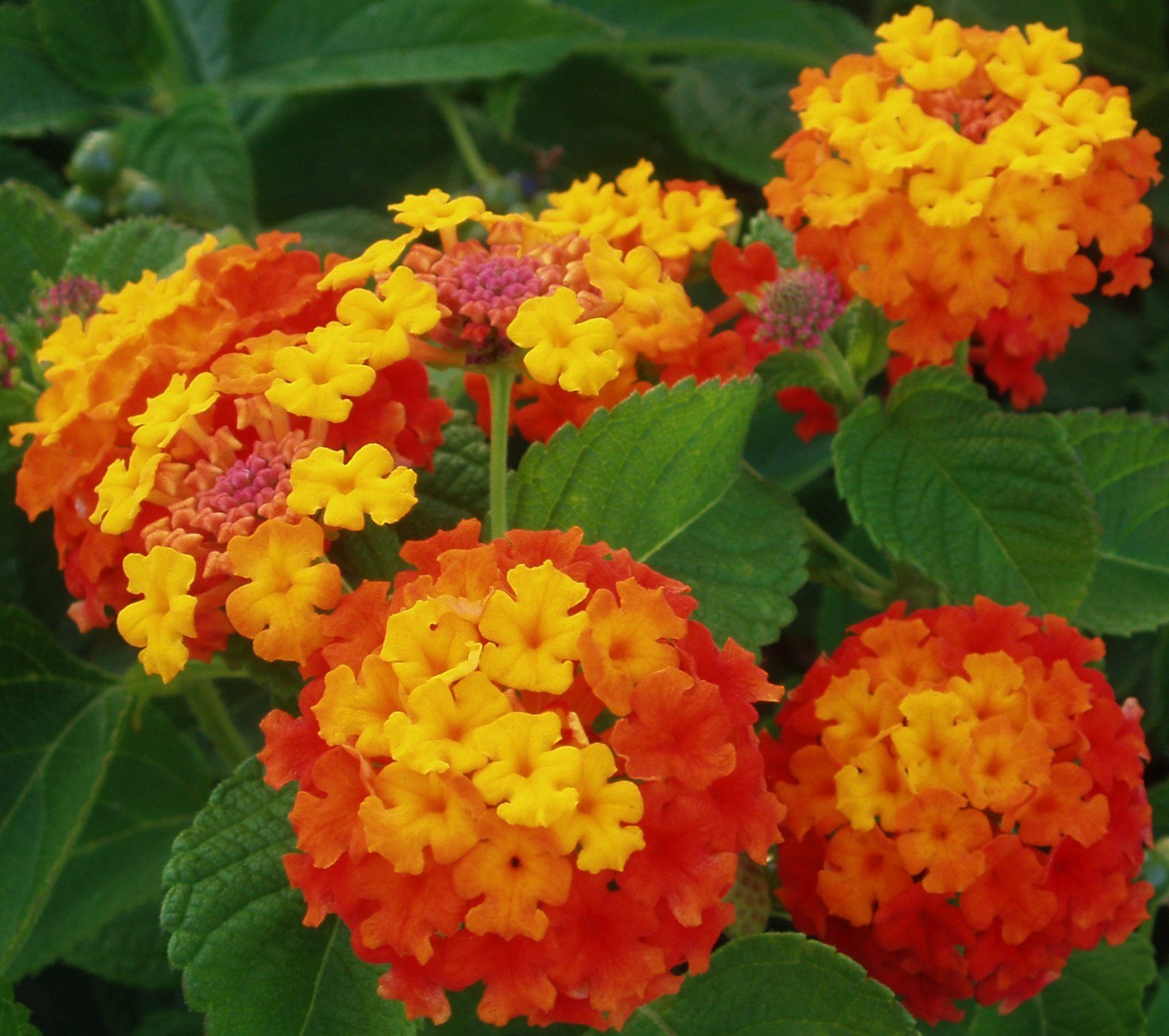
Scientific name: Latana camara
Care: It needs very little water and flowers year round. It grows like a bushy herb, which is why it’s commonly found along the edge of roads or paths.
Fun fact: It attracts butterflies and hummingbirds.
2. Plumeria
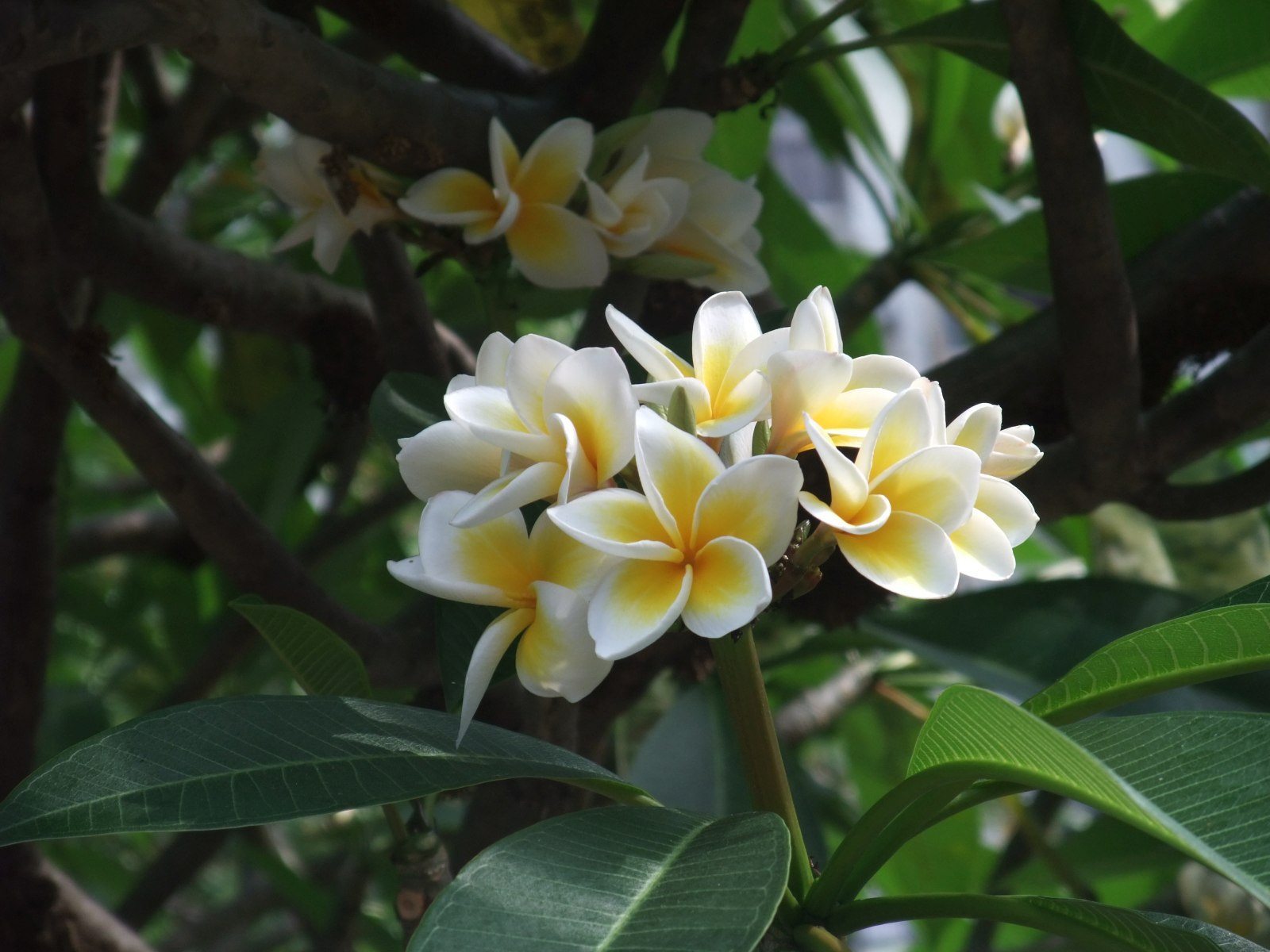
Scientific name: Plumeria rubra
Care: It needs little water. Flowers from August to December.
Fun fact: It’s the national flower of Nicaragua
3. Nightblooming cactus
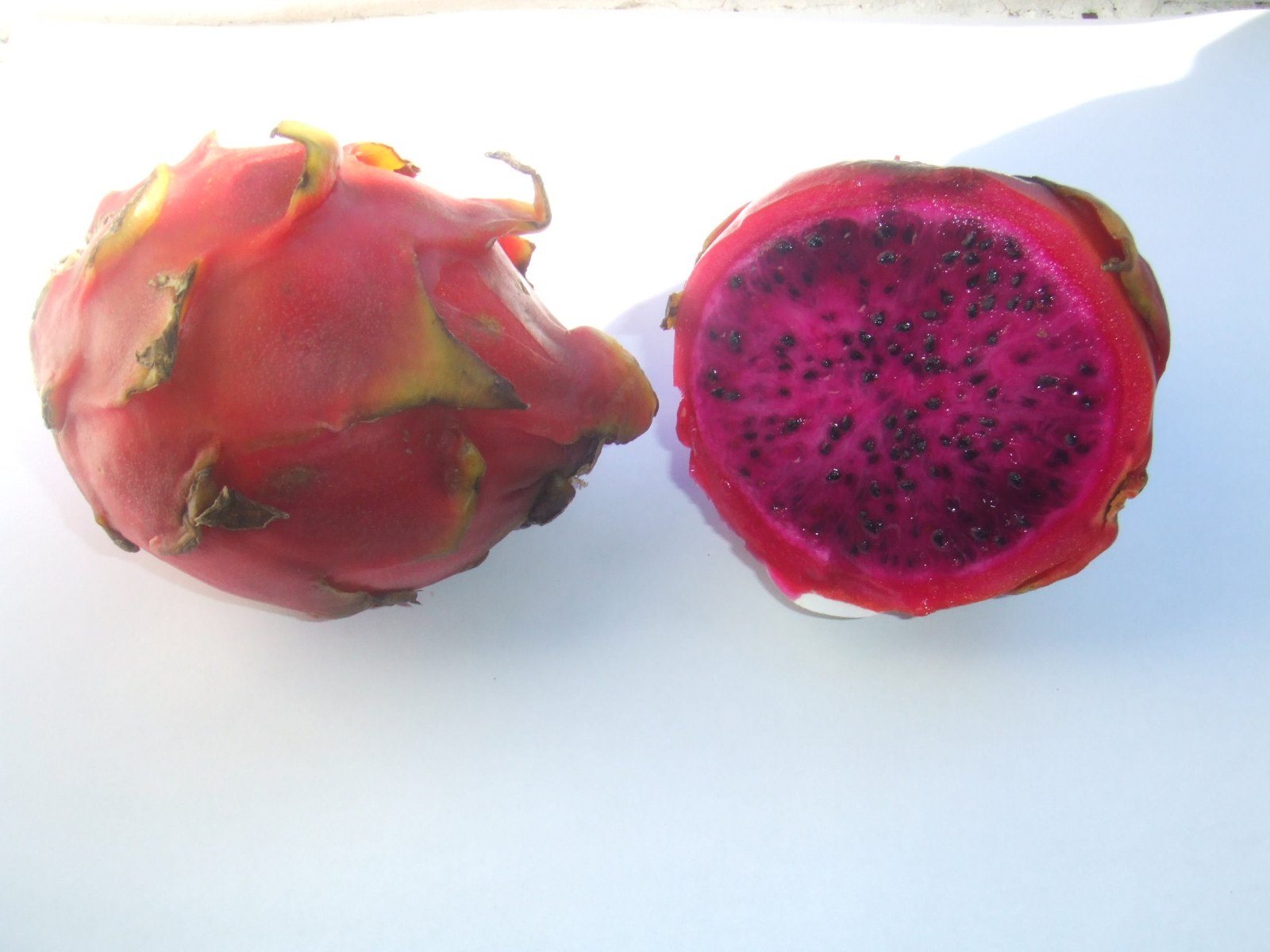
Scientific name: Hylocereus costaricensis
Care: It requires little water and flowers from May to September.
Fun fact: Its fruit is edible.
4. Aloe
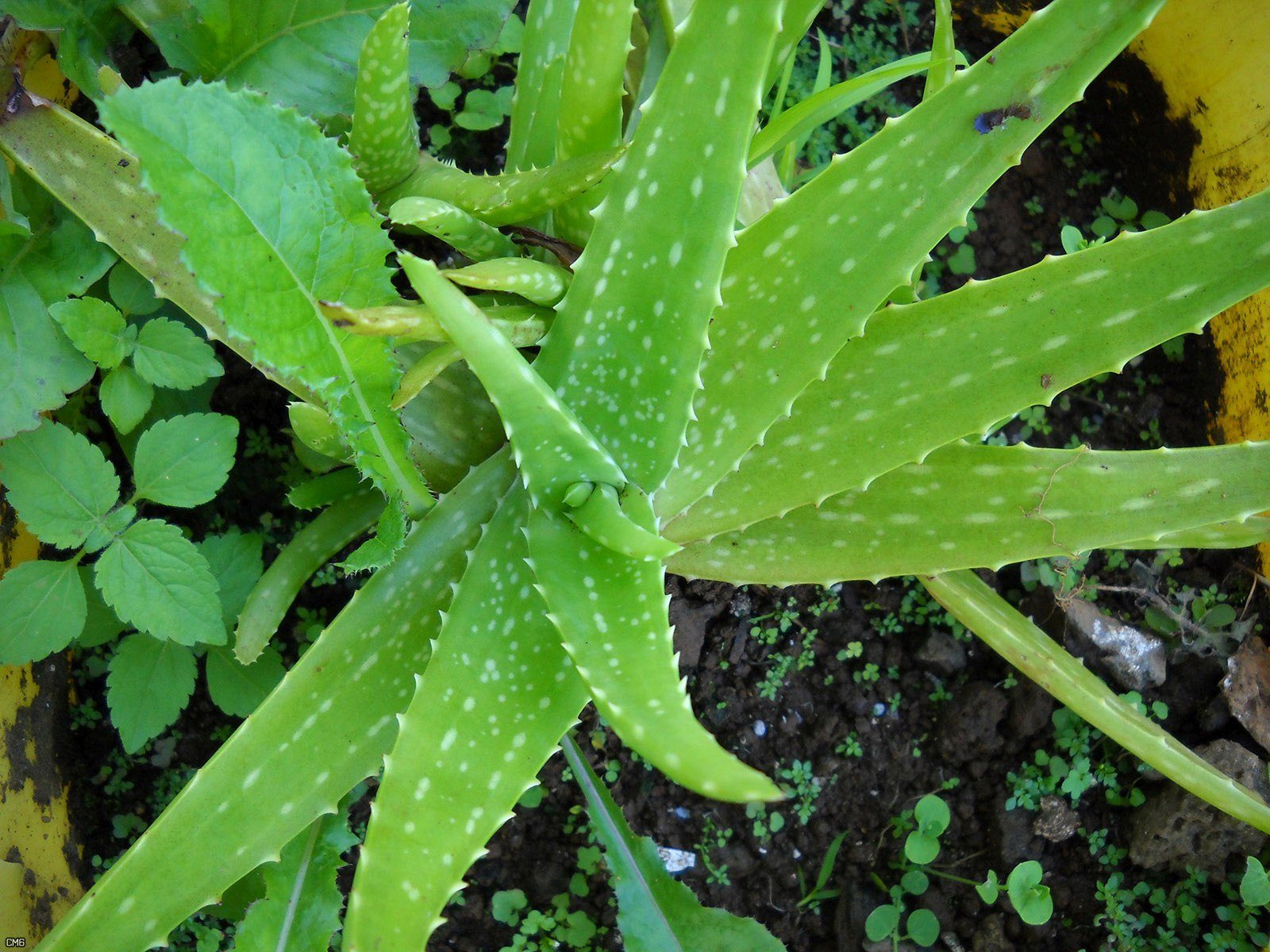
Scientific name: Aloe vera
Care: Little water. It can handle direct sunlight, but prefers partial shade.
Fun fact: When you split its leaf in half, you can use the juicy side to heal burns on the skin. Don’t get any sun if you use it; it can cause stains.
5. Lemongrass
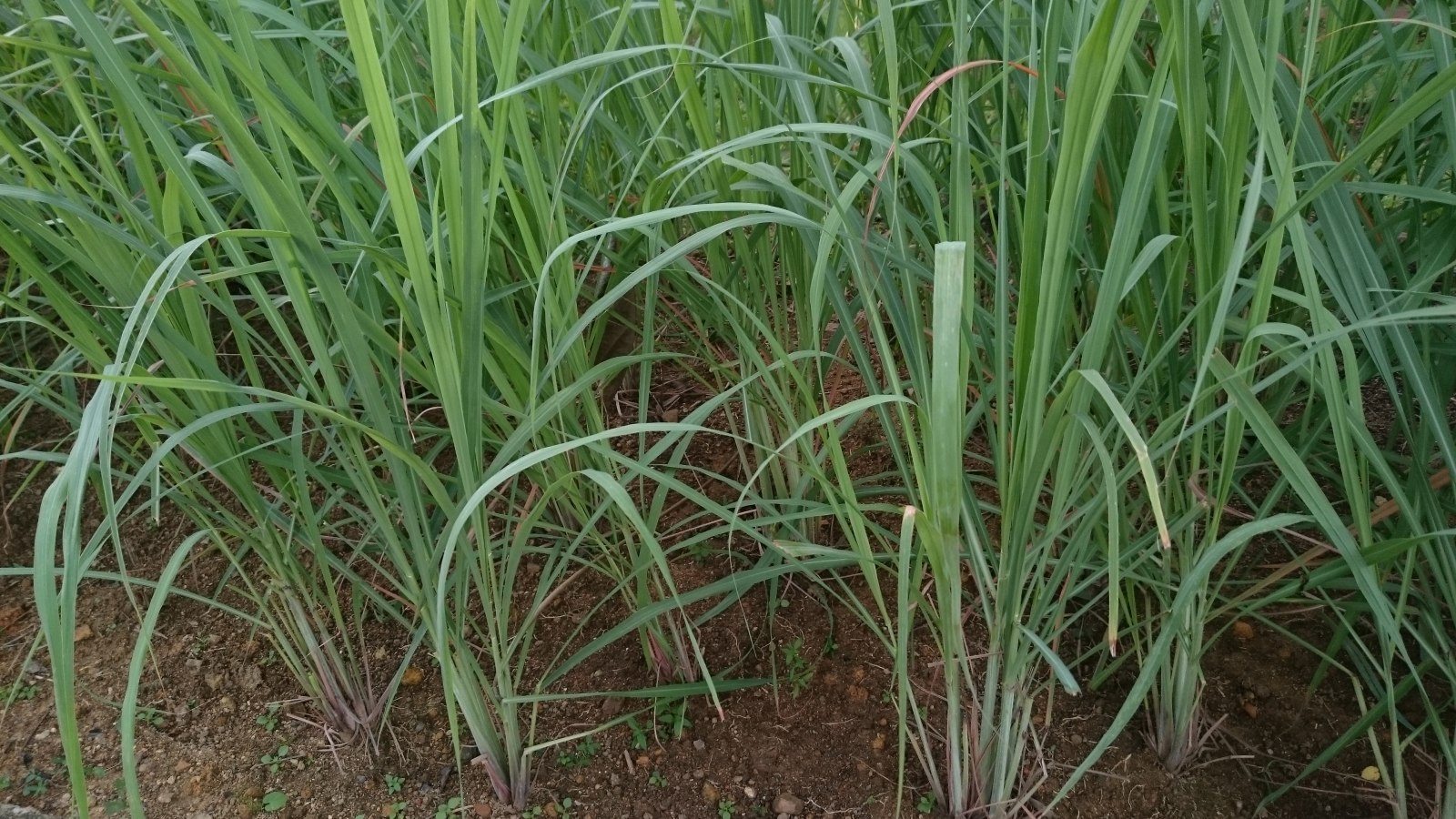
Scientific name: Cymbopogon citratus
Care: It can handle the sun but prefers partial shade. Requires water.
Fun fact: Its leaves can be used for tea.
6. Anthurium
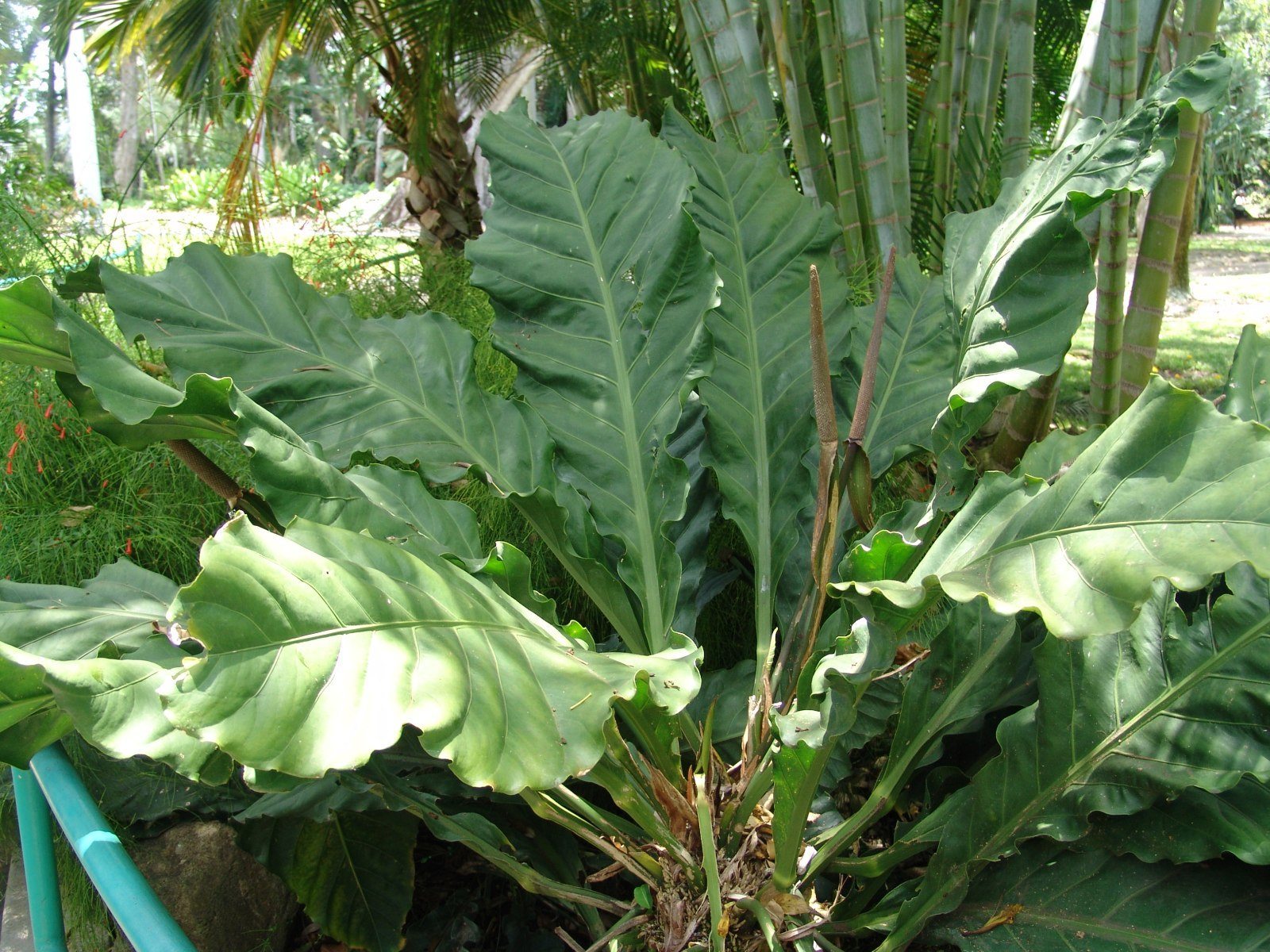
Scientific name: anthurium
Care: It needs water but not a lot of it. It prefers shade or partial light.
Fun fact: It’s good for attracting birds.
7. Bushy matgrass
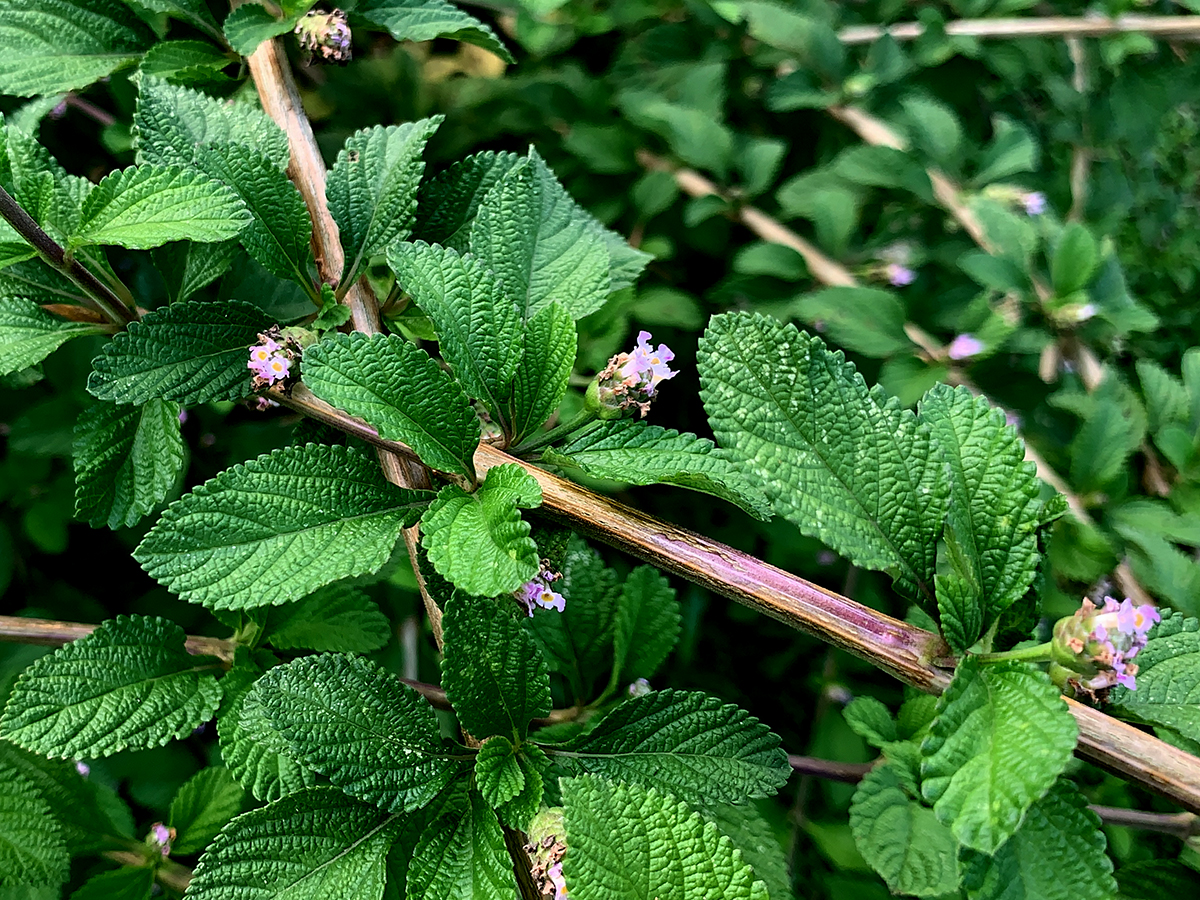
Scientific name: Lippia alba
Care: It needs water. It can handle direct sunlight, but prefers partial shade.
Fun fact: Its leaves can be used for tea. Alleviates upset stomachs.
8. Jamaican cherry
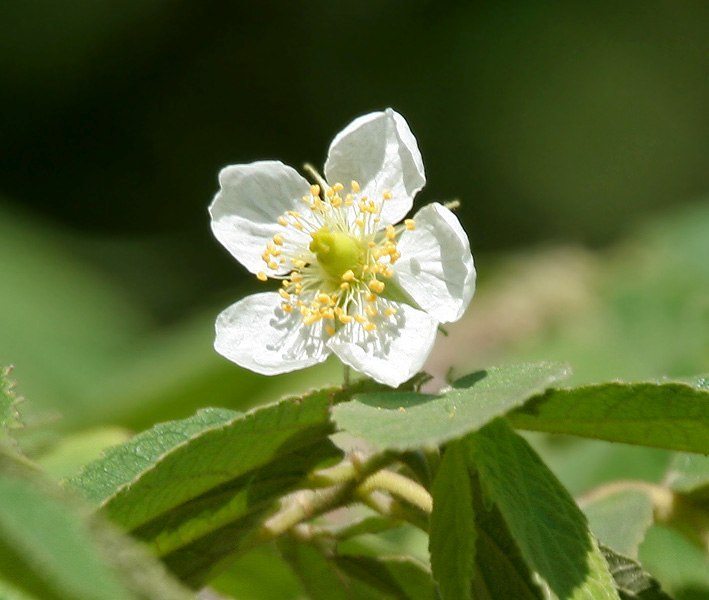
Scientific name: Muntingia calabura
Care: It needs little water and can handle direct sunlight.
Fun fact: It measures between three and eight meters high. Its bark can be used to make baskets, and its fruit is edible for many species of birds. It is also used to make marmalade.
9. Cortez tree
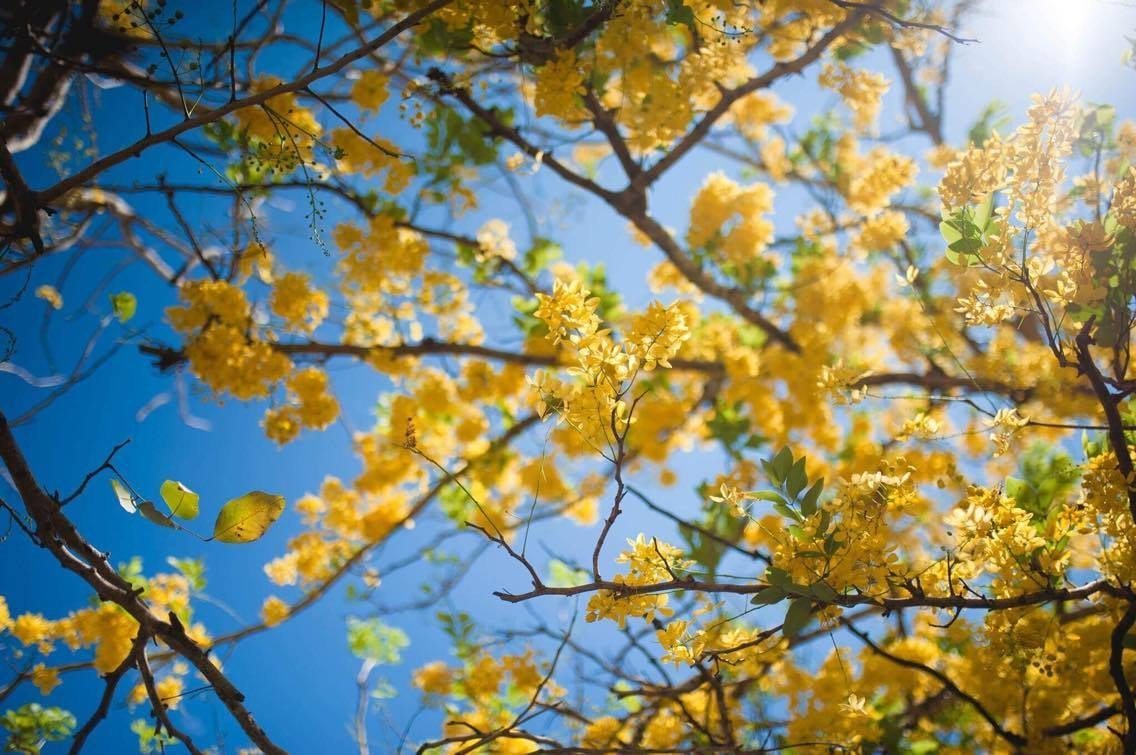
Scientific name: Tabebuia ochracea
Care: It needs little water but demands a lot of space.
Fun fact: It flowers between January to April. All the trees bloom at the same time and produce flowers for only four or five days.
10. Holywood
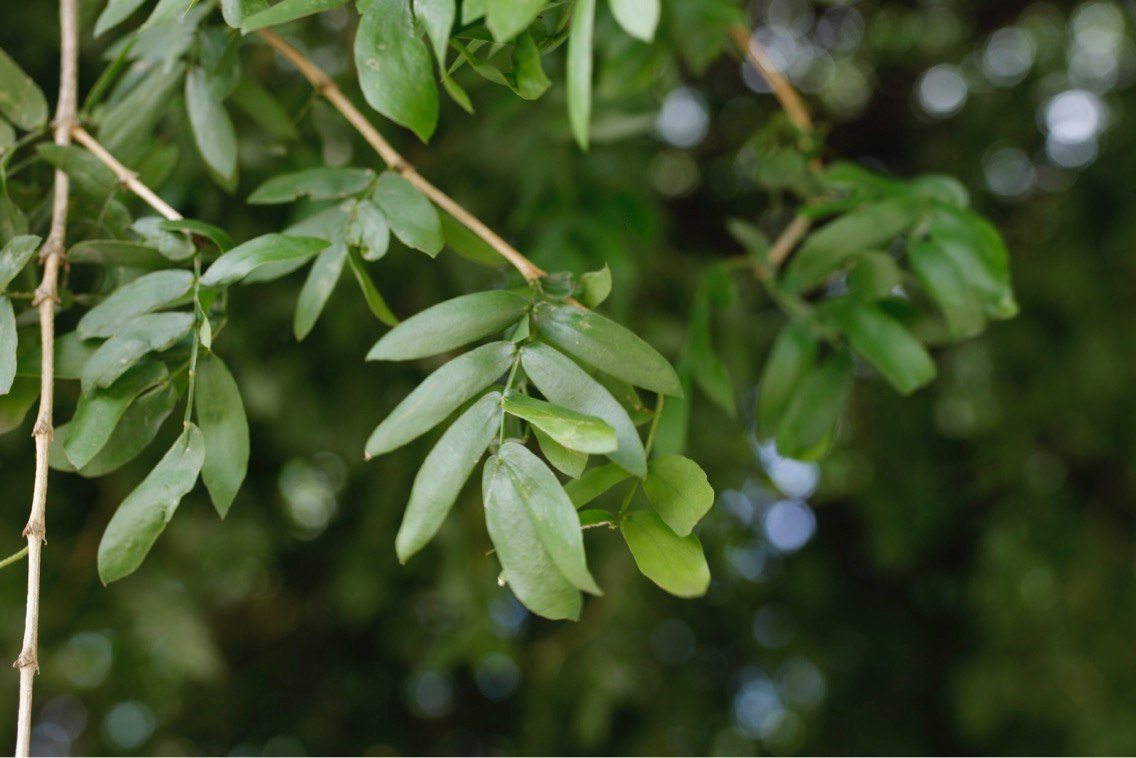
Scientific name: Guaiacum sanctum
Care: It needs water but not in large quantities. Prefers the shade or partial light.
Fun fact: It grows very slowly. It can be planted in small green spaces or for bonsai.


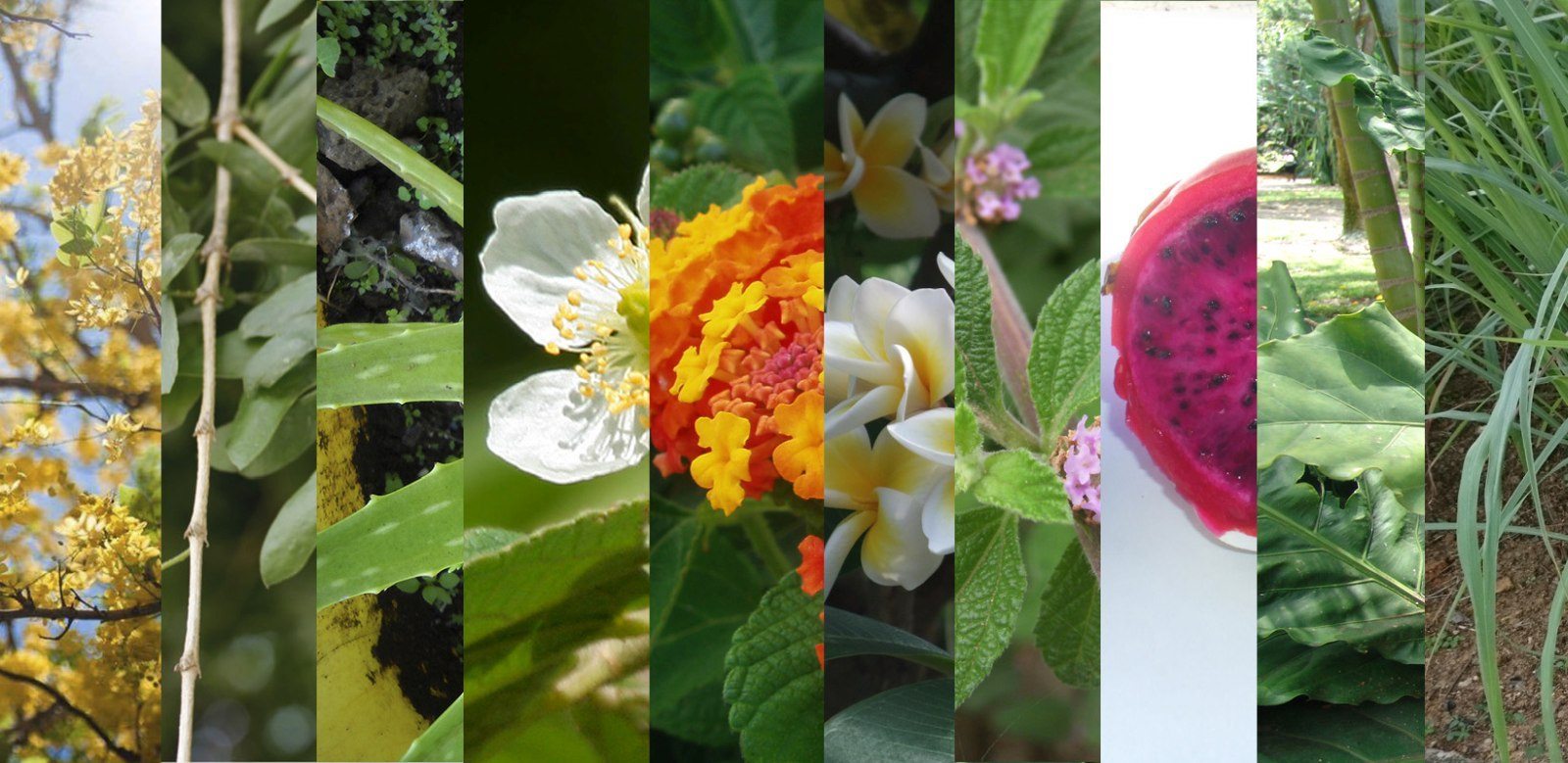

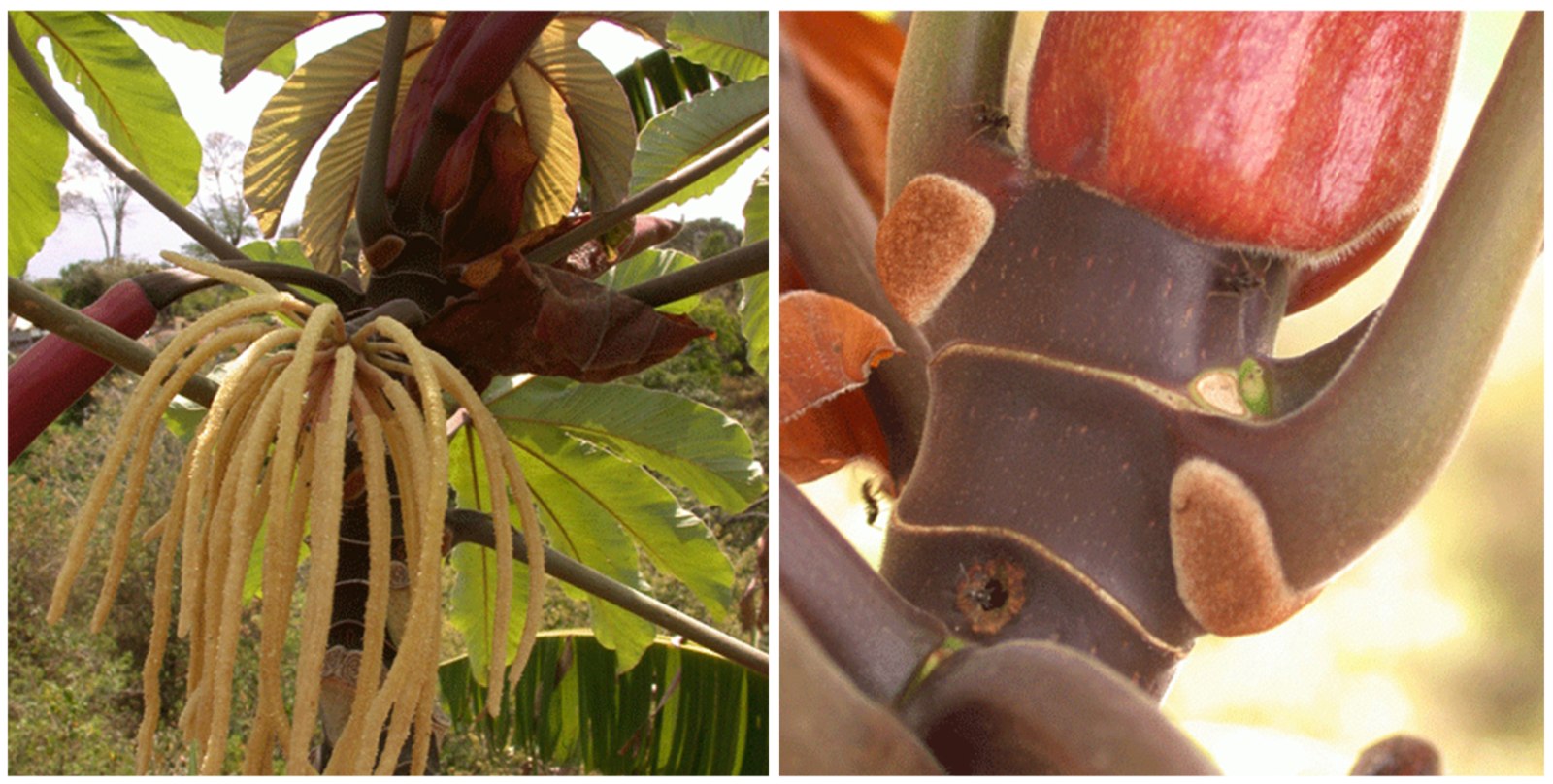



Comments